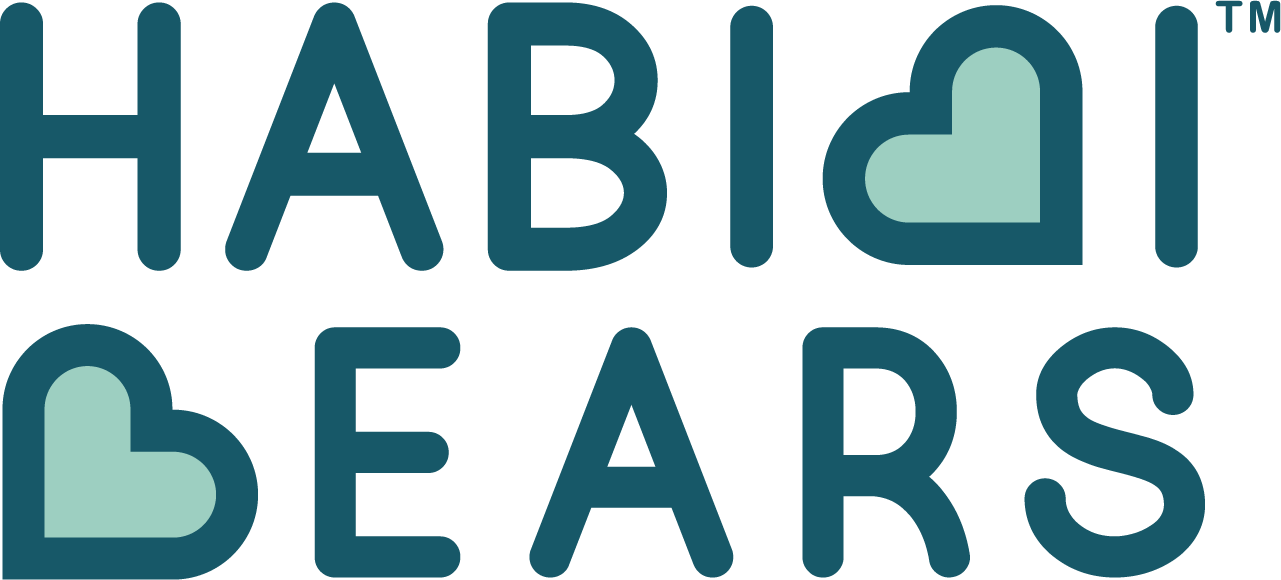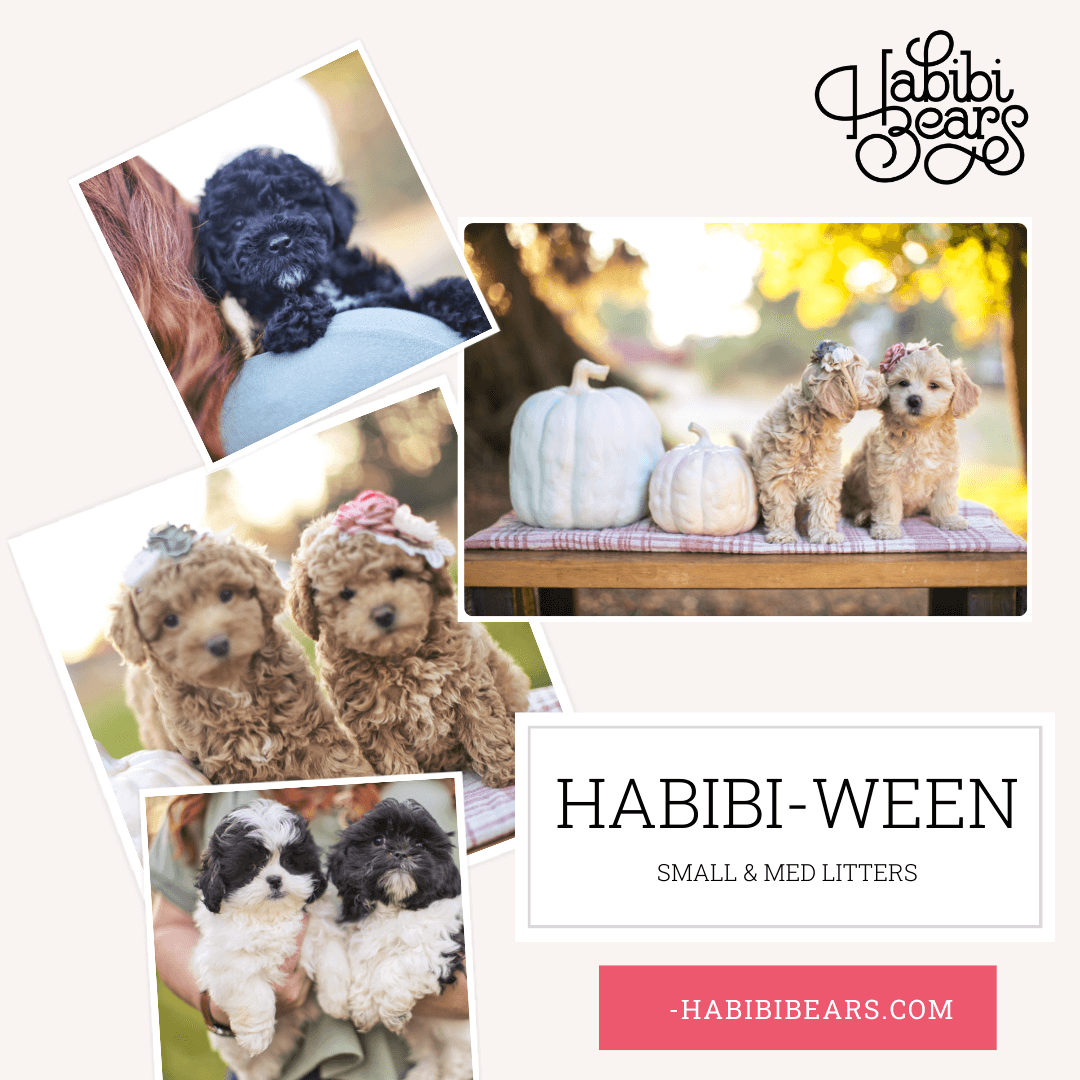As a kid growing up, I always wanted to be able to talk to the animals. Did you? If you’re an animal lover, I imagine there was a deep desire to connect in a meaningful way with animals of all sorts, especially dogs. Kids are exposed in film, books and television to people who have this gift, and we can use this exposure to our own advantage to keep puppies and kids safe and happy. Are you ready? Let’s Go!
Michelle at Pooch Parenting.net, sums up the total of what we here at Habibi Bear Pup Academy (Go Bears!) believe about dog behavior:
“In order for dogs to be safe, they need to FEEL safe.”
As the pack leader, we are the ones to provide a safe environment and atmosphere for our pups, setting the standard of conduct and an example of how to interact with our own pups, and other dogs in general. We can teach children how to watch puppy and learn the signals and behaviors that are communicating to us how they are feeling, because as Michelle states in her article, “Why Did My Dog Growl at My Toddler?” – dogs talk with their bodies. Just as we’ve learned that a tired toddler might rub their eyes excessively when ready for a nap, or pull at their ears if fighting an ear infection, by learning and tuning into dog signals we can read (or “speak”) dog effectively.
A Nervous or Tense Dog
-
Stiff Body
-
Ears Low or Back
-
Half Moon or Whale Eyed
-
Tense Face
-
Closed Mouth
-
Furrowed or Moving Eyebrows
-
Turning Away trying to diffuse tension.
-
Panting, licking, or yawning.
By recognizing these body clues we can judge whether puppy is welcoming our interaction, or trying to avoid it. If puppy is exhibiting these cues, we can help foster a safer mood and environment by:
-
Sticking to the Schedule. Knowing what to expect every day goes a long way to maintaining a low stress pup.
-
Making sure that puppy always has access to their very own safe space, their crate. Crate time is decompression time, it allows puppy to withdraw and recharge their batteries.
-
Keep voices quiet, and movements slow.
-
Limit the amount of sensory stimulation so as not to overwhelm puppy. Dogs are completely immersed in the natural world of senses: sound, smell, and touch are experienced by them more intensely than people.
-
Respect puppy’s boundaries. Allow puppy to withdraw and be alone, or not be touched.
Here are the welcoming signals that dogs will display that let you know they want interaction:
-
Relaxed Face
-
Open Mouth
-
“Soft” Eyes (no or little whites showing)
-
Gentle Wag of tail
-
Relaxed body
For excellent and adorable illustrations of what this looks like in a dog, check out the book “Doggie Language: A Dog Lover’s Guide to Understanding Your Best Friend,”(also available in our Shop) by Lili Chin (Summersdale 2020). For our Habibi Famillies, we also have a module in Habibi University covering Doggie Body Language. On her website, Doggiedrawings.net, Lili has some wonderful charts and infographics as well available for download. They would make wonderful teaching tools for kids in a fun, approachable way.
Raising puppies, like kids, is a journey of learning and discovery. We hope we’ve helped provide more ways to communicate effectively with your dogs in ways that they find easier to understand, and in turn, deepen your love connection with your lovely Habibi Bear pup.


